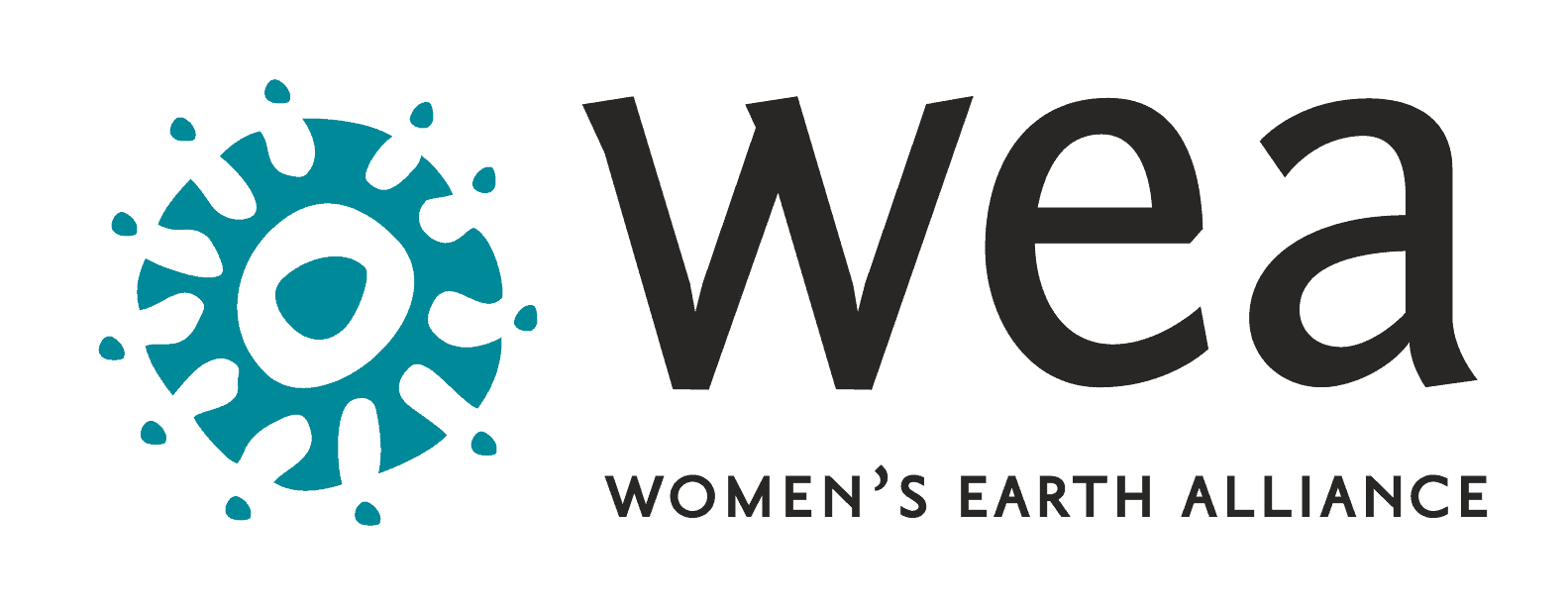A Gendered Perspective: Reflections on the MDG and the potential of the SDG
By: Katie Douglas, WEA Intern

A woman closes the door behind her and sets off into the early light of dawn. It’s the pre-monsoon season in India, and the air is thick with heat as she walks to her small kitchen garden. What began as a grant of seeds, has transformed into fertile beds of earth that are all her own. From her garden she can produce crops to both feed and financially support her family. From her garden she has been able to build alliances with other local women’s collectives around the importance of organic farming and how to improve their own self-sufficiency. From her garden her future is now one of abundance and opportunity.
This is our vision for the world because, we believe that when women thrive, communities thrive. When women are supported and resourced, they are able to lift their communities out of poverty, increase economic stability, and provide countries with sustainable practices to address and combat climate change. In light of this, the member states of the United Nation’s have been awarded a rare opportunity. As they reconstruct the Millennium Development Goals (MDG) into the Sustainable Development Goals (SDG) that will be adopted in September, these nations and participating NGOs have the potential for being the spark that makes the WEA vision for the world—a world where grassroots women leaders are heard, and their knowledge is honored and uplifted for the betterment of us all—a reality.
In 2000, the eight MDG were established by the UN to target global issues identified as being some of our world’s most pressing concerns. Over the past fifteen years, great strides have been made towards accomplishing these goals. The percentage of those living in extreme poverty has been reduced nearly by half, from 1.9 billion to 836 million. More girls than ever are now enrolled in schools, and gender equality in secondary schools in 36 developing nations is no longer just an aspiration, but a shining reality. Access to clean drinking water has also seen an increase for up to 90% of the global population. But while this incredible progress represents important steps toward creating global equality, the work of the MDG isn’t finished. We cannot regard this progress as a landmark triumph while millions of people—particularly women and girls—continue to face severe poverty, basic human rights insecurity and deep inequity.

In this way, the MDG have come up short in shedding light on the intersectionality of the original goals, especially with regard to gender. In the final progress report the Secretary General of the UN, Ban Ki Moon, noted that of all the goals, gender equality and woman’s health were the most neglected. Even with an advanced education women around the world continue to earn 24% less than men. Less than 20% of government leaders in the world are women. And women in developing nations are fourteen times as likely to die as women in developed nations. When we look at this reality, we can clearly see how issues of climate change, food security, and environmental degradation continue—these are interconnected challenges existing in an ecosystem that is our world, and one challenge cannot be addressed while ignoring another.
Come September, all countries that participated in the MDG must re-evaluate and submit new goals, which will become the SDG. Of the seventeen SDG declared so far, one goal directly focuses on women, while many others have the potential to impact gender in positive and critical ways. Goal #5, the aim of achieving gender equality and empowering all girls and women, is only one of many and yet impacts almost every other issue at stake. In fact, a 2014 study by the Copenhagen Consensus Center providing guidance on which of the drafted SDG targets were the best investments rated those aimed at gender equality among the highest. Still, many governments fail to invest in the leadership and capacity-building of women, they fail to increase resources to address violence against women or to ensure access to reproductive health care, and they fail to recognize the disproportionate financial and environmental burden women bear as food producers and providers, community caretakers, and natural resource stewards. The global success of women represents our greatest hope for a reconciled world, and this is something that must be taken seriously by the SDG and world nations.

The Millennium Development Goals gave us a glimpse of a world where change is possible. Through WEA’s vision of recognizing essential women’s rights, and building global networks of empowered female leaders, the Sustainable Development Goals have the potential to create a world where change truly is sustainable.
************************
Further Reading
http://iwhc.org/resource/10-red-flags-for-the-zero-draft-of-the-post-2015-development-agenda/
http://www.refinery29.com/2015/07/90279/united-nations-goals-report-gender-equality
